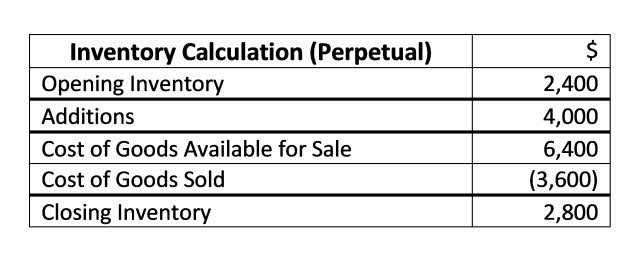
Additionally, it doesn’t completely prevent accounting errors from being made. Even when the balance sheet balances itself out, there is still a possibility of error that doesn’t involve the accounting equation. To understand the accounting equation better, let’s take a few practical transactions and analyze their effect. Creating the balance sheet statement is one of the last steps in the accounting cycle, and it is done after double-entry bookkeeping. While trying to do this correlation, we can note that incomes or gains will increase owner’s equity and expenses, or losses will reduce it. Metro Courier, Inc., was organized as a corporation on January 1, the company issued shares (10,000 shares at $3 each) of common stock for $30,000 cash to Ron Chaney, his wife, and their son.
Effects of Transactions on Accounting Equation
The difference between the revenue and profit generated and expenses and losses incurred reflects the effect of net income (NI) on stockholders’ equity. Overall, then, the expanded accounting equation is useful in identifying at a basic level how stockholders’ equity in a firm changes from period to period. If the left side of the accounting equation (total assets) increases or decreases, the right side (liabilities and equity) also changes in the same direction to balance the equation.

Resources for Your Growing Business
As you can see, shareholder’s equity is the remainder after liabilities have been subtracted from assets. This is because creditors – parties that lend money such as banks – have the first claim to a company’s assets. A company’s liabilities include every debt it has incurred. These may include loans, accounts payable, mortgages, deferred revenues, bond issues, warranties, and accrued expenses.

Types of Accounting Equation and Formulae correlation
- For instance, if a business takes a loan from a bank, the borrowed money will be reflected in its balance sheet as both an increase in the company’s assets and an increase in its loan liability.
- Under which, the debit always equal to credit, and assets always equal to the sum of equities and liabilities.
- The accounting equation uses total assets, total liabilities, and total equity in the calculation.
- The balance sheet is a more detailed reflection of the accounting equation.
- Now that we have a basic understanding of the equation, let’s take a look at each accounting equation component starting with the assets.
- The accounting equation’s left side represents everything a business has (assets), and the right side shows what a business owes to creditors and owners (liabilities and equity).
The accounting equation summarizes the essential nature of double-entry system of accounting. Under which, the debit always equal to credit, and assets always equal to the sum of equities and liabilities. Accounting equation can be simply defined as a relationship between assets, liabilities and owner’s equity in the business. The expanded accounting equation breaks down shareholder’s equity (otherwise known as owners’ equity) into more depth than the fundamental accounting equation. It allows analysts and accountants to see the components of shareholder’s equity and how it impacts the company. It breaks down net income and the transactions related to the owners (dividends, etc.).
- It breaks down net income and the transactions related to the owners (dividends, etc.).
- Metro Corporation earned a total of $10,000 in service revenue from clients who will pay in 30 days.
- The cash (asset) of the business will increase by $5,000 as will the amount representing the investment from Anushka as the owner of the business (capital).
- Let’s check out what causes increases and decreases in the owner’s equity.
- The combined balance of liabilities and capital is also at $50,000.
- Double-entry accounting is a fundamental concept that backs most modern-day accounting and bookkeeping tasks.
What Is Shareholders’ Equity in the Accounting Equation?
When a company purchases inventory for cash, one asset will increase and one asset will decrease. Because there are two or more accounts affected by every transaction, the accounting system is referred to as the double-entry accounting or bookkeeping system. Income and expenses relate to the entity’s financial performance. Individual transactions which result in income and expenses being recorded will ultimately result in a profit or loss for the period. The term capital includes the capital introduced by the business owner plus or minus any profits or losses made by the business.
Owner’s Equity
The accounting equation equates a company’s assets to its liabilities and equity. This shows all company assets are acquired by either debt or equity financing. For example, when a company is started, its assets are first purchased with either cash the company received from loans full accounting equation or cash the company received from investors. Thus, all of the company’s assets stem from either creditors or investors i.e. liabilities and equity. The accounting equation states that a company’s total assets are equal to the sum of its liabilities and its shareholders’ equity.